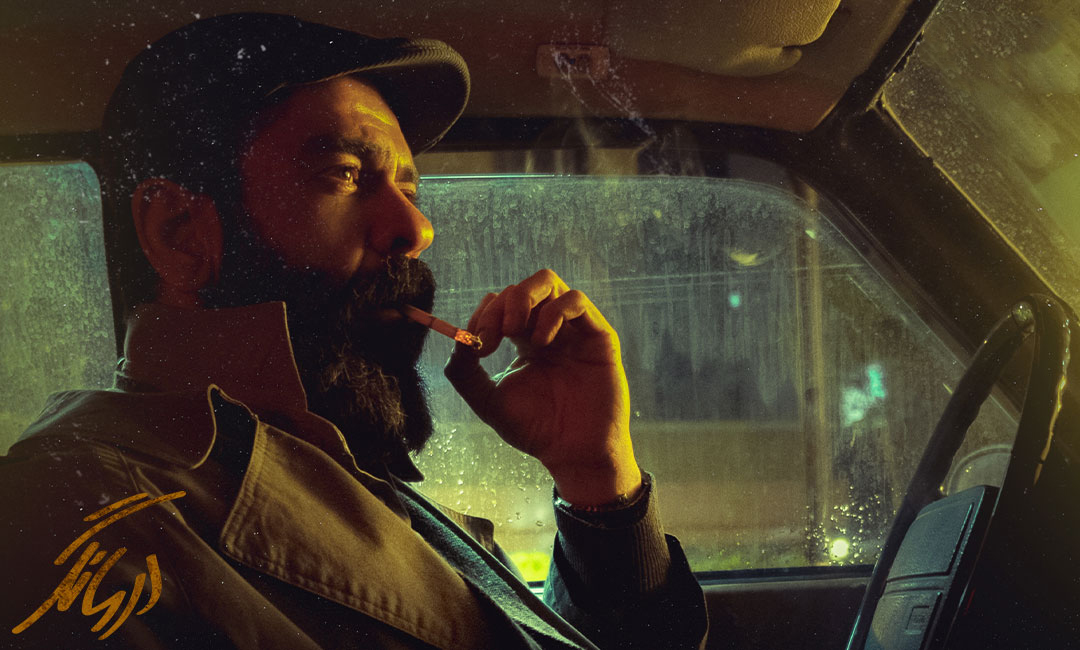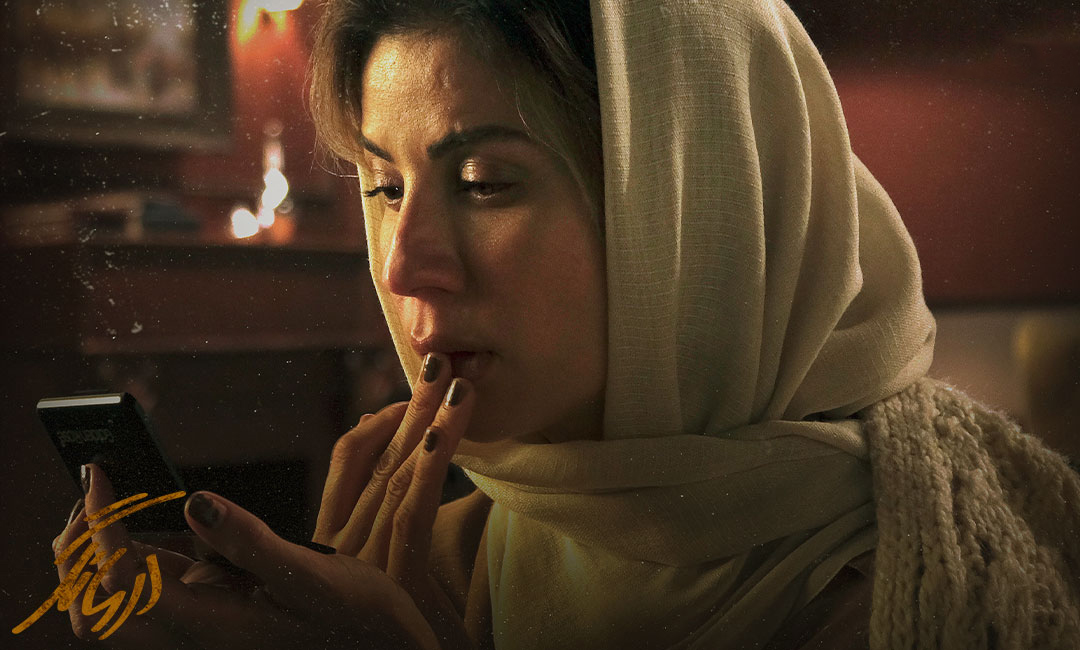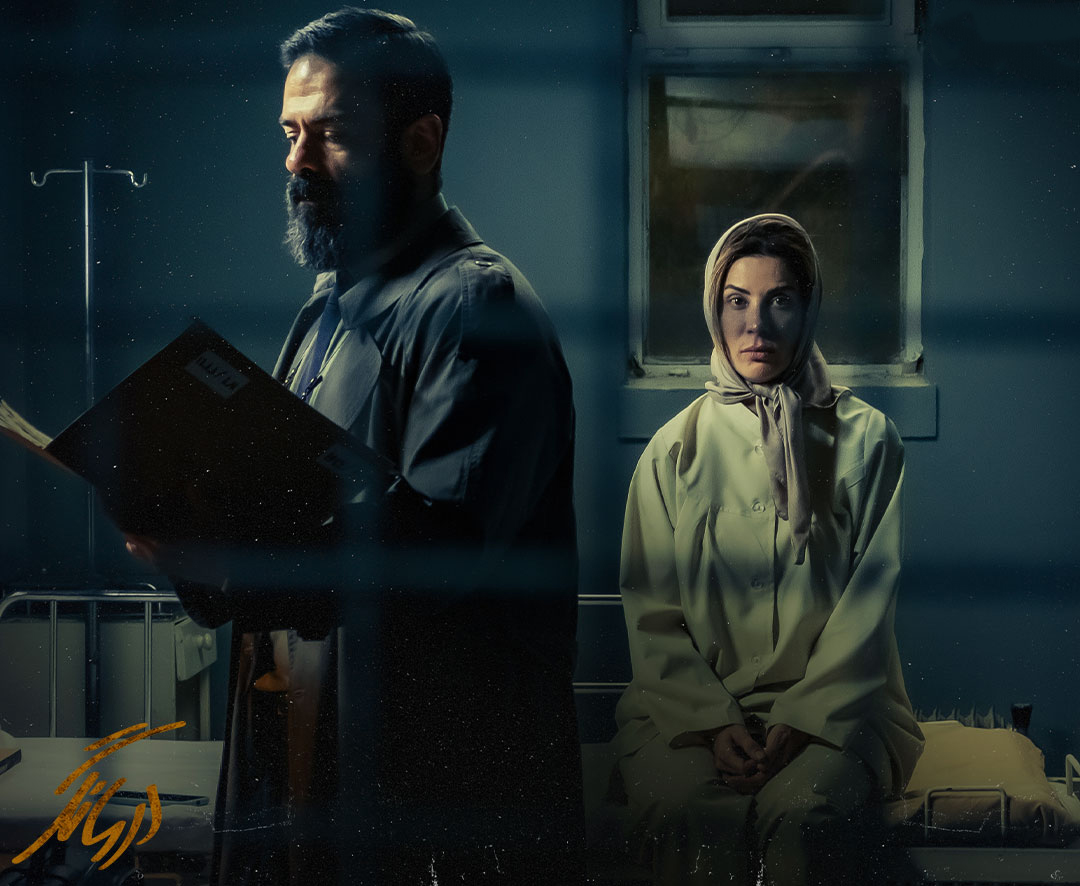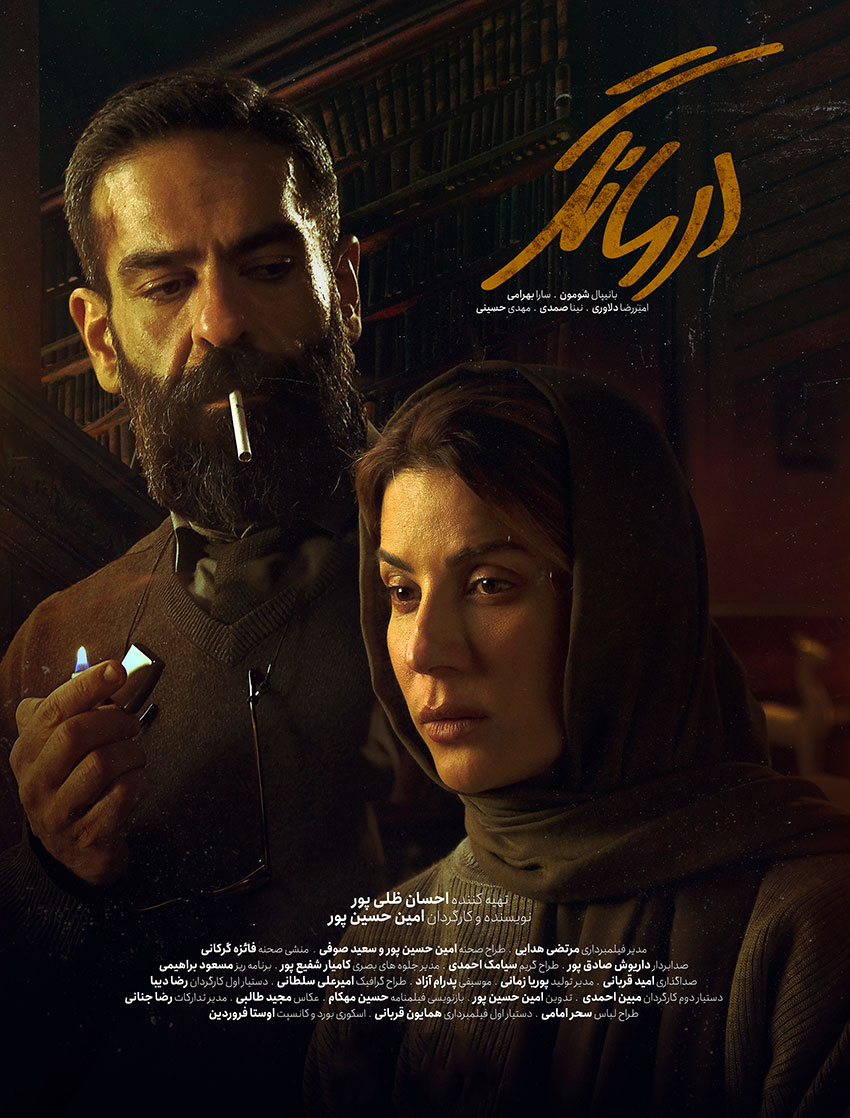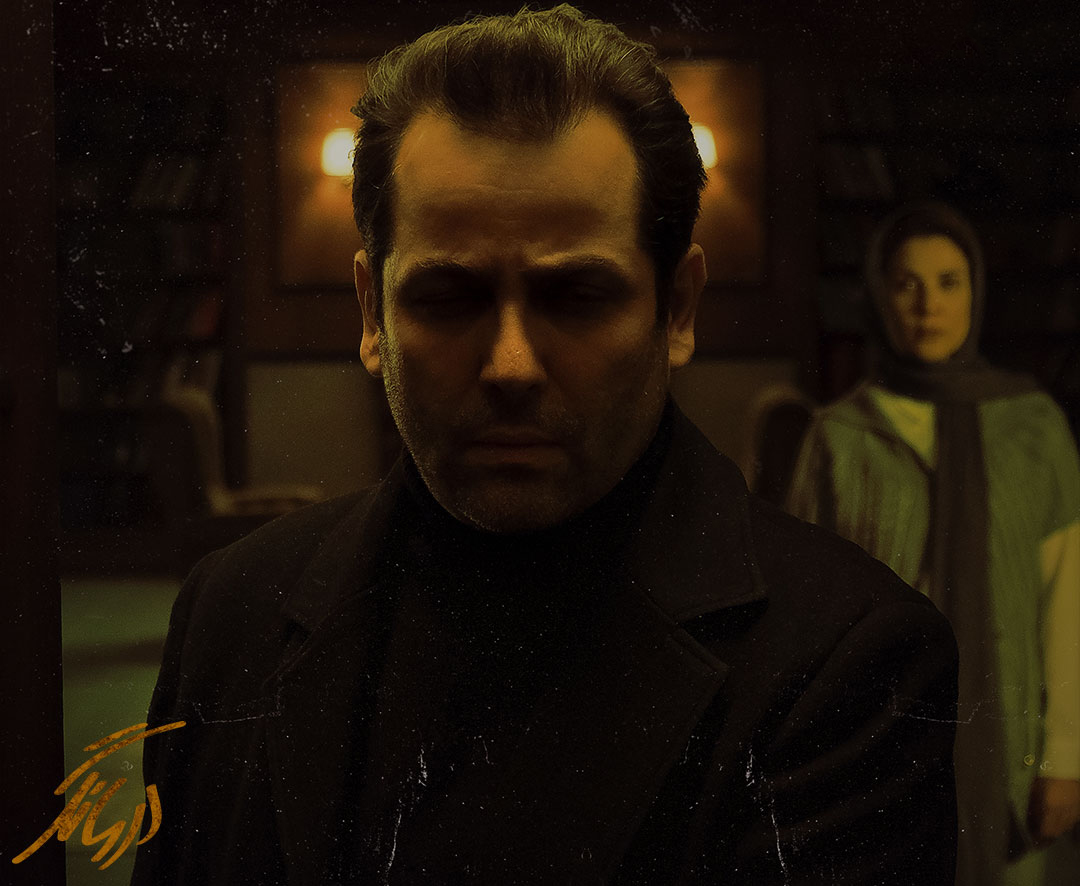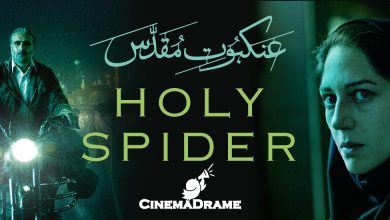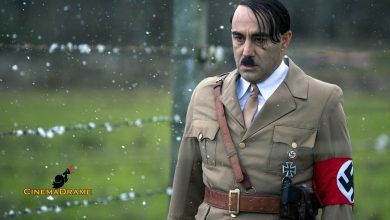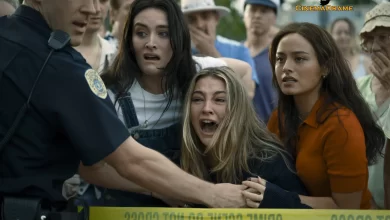Therapist: A Mini-Series with a Forbidden Fruit Theme
Loghman Madayen: Film and Television Critic
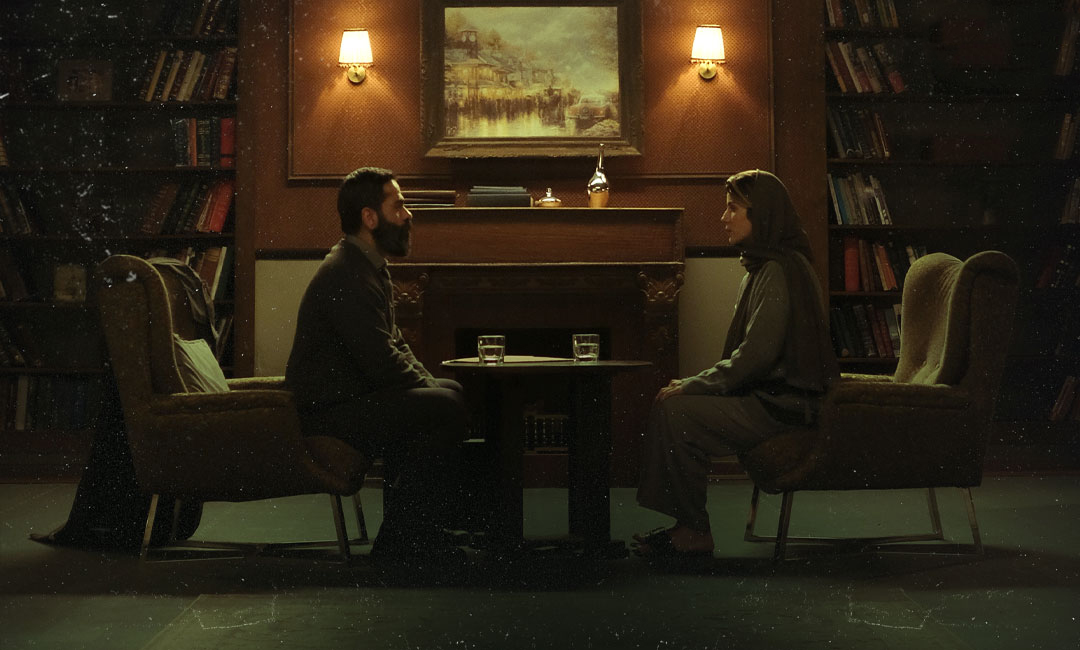
“Darmanegar”: A Flawless Mini-Series, A Masterpiece of Suspense and Psychological Drama
The mini-series Darmanegar reminds me of Sidney Lumet’s 12 Angry Men, a film that captivated audiences solely through dialogue and the stellar performances of its cast, all within a confined space. Each episode of Darmanegar lasts between seven to ten minutes, adding up to about forty minutes total, yet it manages to stay true to the principles of storytelling in the most effective manner.
The first thirty seconds of the film are engaging, neither overly exciting nor dull, although the main flaw is that we don’t fully understand who the woman in the opening scene is until halfway through the fifth episode. While it could be argued that a hint was given towards the end of the second episode, it’s not clearly recognizable unless the initial four-person photo had been included as a connecting element.
The core plot follows a psychiatrist who unintentionally becomes embroiled in a criminal case. As he realizes the nature of the game he’s been drawn into, he attempts to turn the tables in his favor and take control.
The series lacks any subplots or secondary storylines, which is understandable given the short runtime.
The director’s skill is evident in the film’s découpage. The use of the camera is precise, and the director knows exactly which shots to capture in every scene. The framing is meticulous, engaging the audience and demonstrating a firm understanding of lighting and color.
I read about the use of storyboarding, and it’s apparent in the camera angles, composition, character movement, cuts, gestures, and facial expressions—all of which shine through and enhance the narrative.
The film’s hero is Dr. Atabak Masoudi, who navigates through obstacles to uncover Baran Kianfar’s true identity, connecting a hidden affair to an unexpected murder. The anti-hero is Baran Kianfar, who attempts to manipulate her psychiatrist to justify her crime while trying to pass herself off as mentally unstable, hoping to avoid consequences for the murder she plans to frame on her husband.
The film has some excellent moments of suspense. The audience remains unaware of what lies ahead, though some of this is due to the short duration of the series, which limits time for contemplation. However, there are well-placed narrative setups that pay off, such as when suspicion initially falls on Baran’s husband, or when the audience remains puzzled about the identity of the woman in the first scene until much later.
One of the strengths of this mini-series is that it doesn’t have all the answers handed to the audience. The protagonist works diligently to unravel the mysteries in the film one by one.
The soundtrack is evocative, setting the tone for the film’s noir and thriller atmosphere from the opening credits. Throughout the film, the music syncs with the scenes, intensifying the emotions and grabbing the viewer’s attention.
The mise-en-scène complements the film’s narrative beautifully. The design of the set, the choice of costumes, and the use of color psychology in clothing reflect the mental states of the characters.
The first pivotal moment occurs in the second episode, when Dr. Masoudi discovers a book on communicating with spirits and an old photo at Baran’s house. This marks the start of his suspicions about the illicit affair.
The film’s peak occurs at the end of episode four when Dr. Masoudi installs a listening device in Baran’s house and uncovers the truth. The second pivotal moment happens when he meets Baran in the asylum, turning the tables on her, exposing her dark side, and cornering her with an ultimatum.
The key symbolic elements in the film are the four-person photo and the book on communicating with spirits, which help Dr. Masoudi uncover Baran’s deceptive plan.
The characterization of both the hero and the anti-hero is influenced by Sigmund Freud’s Oedipus complex. We witness a character who initially appears as a caring protector but quickly becomes a threatening figure. Dr. Masoudi, once kind-hearted, morphs into a chilling presence, making the audience feel that the victim has fallen into the trap and has nowhere to escape.
Baran Kianfar, as the anti-hero, embodies the forbidden fruit trope, engaging in an illicit relationship with her husband’s close friend. The complexity of this conflict lies in its emotional depth and its manipulation of fundamental human emotions, while also placing Baran in direct competition with her husband’s wife.
The plot of this film touches on difficult themes and presents an emotionally challenging narrative. The audience is torn between sympathizing with Baran’s forbidden desires and respecting the sanctity of marriage. The writer skillfully navigates this conflict, delivering an ending that avoids emotional harm and provides a sense of closure.
Color psychology also plays a significant role in the film. Dr. Masoudi wears avocado green, symbolizing his influence over others and his determination to challenge obstacles. Baran Kianfar, with her olive green scarf, embodies the character who strives to impose her beliefs and push her own agenda. Her interactions with Dr. Masoudi demonstrate her need to manipulate the situation to her advantage.
The character of Negin, whom we see again at the end of the film, wears black and stands against a green wall, symbolizing the emotional pressure she faces in trying to change her circumstances. She seeks help from Dr. Masoudi, but her ability to resolve her situation is limited.
Dr. Masoudi’s yellow hue suggests the internal conflicts and discoveries he undergoes, signaling his awareness of the larger truths unfolding. The brown color scheme in his office suggests a space of physical and emotional distress, one that requires healing.
The acting in the film is exceptional. Each actor embodies their character fully, particularly the leads. Baniapal Shomonder’s portrayal of the seasoned psychiatrist with detective-like determination is spot on. Meanwhile, Sara Bahrami’s performance as Baran is masterful, evoking empathy in the audience as she deftly convinces them to accept her narrative.
Their delivery—voice tone, facial expressions, body language, personality, and overall acting skills—are key elements that make the film powerful.
The dialogue in this mini-series is sharp and to the point, providing all the tension and weight needed to carry the plot. It is concise, clear, and devoid of filler, creating the perfect foundation for the film’s emotional and dramatic pull.
